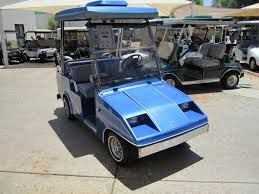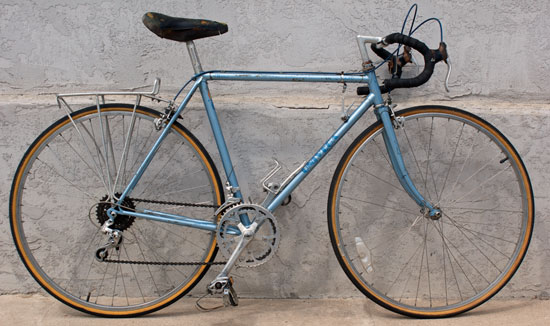

THAT is the kind of stuff that belongs in the BMX Museum!Īnd here is the updates, thanks to love thegoose! (Michael S) It might be a really cool thing if I can track down Gilbert now and interview him for you. He also did the original PK Ripper for SE Racing. Who? Do you remember Race, Inc.? That was Gilbert.

I am also teaching welding at a local community college.īy the way, did I tell you that the guy ran GT's in house fabrication for the last ten years (he recently retired) was none other than Gilbert Axt. I am tinkering around with the idea of starting to make my own frames, kind of on a 'one-off' basis. The information might also come in handy for deciphering other makes because the factories in Taiwan make bikes for a lot of different companies. The model and year of production was also coded by a letter, so you won't be able to spot a two digit month and two digit year.īefore I left, I was writing a specification to standardize all of the serial numbers because GT was starting to send most of its US production to other US fabrication shops. There might also be a second letter digit specifying the factory that assembled the bike, if applicable. The first digit would be a letter designating the factory that made the frame. The range included a disc-wheeled TT bicycle and a Bador (Vitus) aluminum model.

The line itself was fairly large, comprising nine bicycles in 1988.

The line emphasized function over flash (except for the 'flash' of the 'cromovelato' - thin paint over chrome - paint jobs) and received favorable press regarding overall functionality and quality, as well as the ride/handling of the steel-frame models. Dropouts were forged Columbus on the lower/mid range and Campagnolo for the upscale models. Other braze-ons were also Gipiemme, including the two styles of brake stay bridges used, depending on the model, and the induction-cast 'box arch' chainstay bridge which was common to all steel Bertonis, with the exception of the TSX model - the frame of which was obviously the Daccordi Griffe, but with Bertoni inscriptions and decals. Seat stay lugs were Gipiemme, brazed into the contour of the rear quarters of the seat tube lug. These 'second series' frames all utilized Columbus tubesets of Matrix, SL or SLX type tubing and featured Columbus 'short point' lugs and Cinelli-type Columbus bottom brackets & semi-sloping fork crowns. The 1984 and later steel frames do not bear the typical Torresini details. Earlier Bertonis have frame details that are similar to the Torresini-made Italvegas. The frames were manufactured in Italy by Daccordi, sometimes mistakenly assigned to Bianchi, which had no connection to the Bertoni brand other than Ben Lawee's Bianchi imports during the 1960s. Bertoni was a brand created by Ben Lawee circa-1980.


 0 kommentar(er)
0 kommentar(er)
